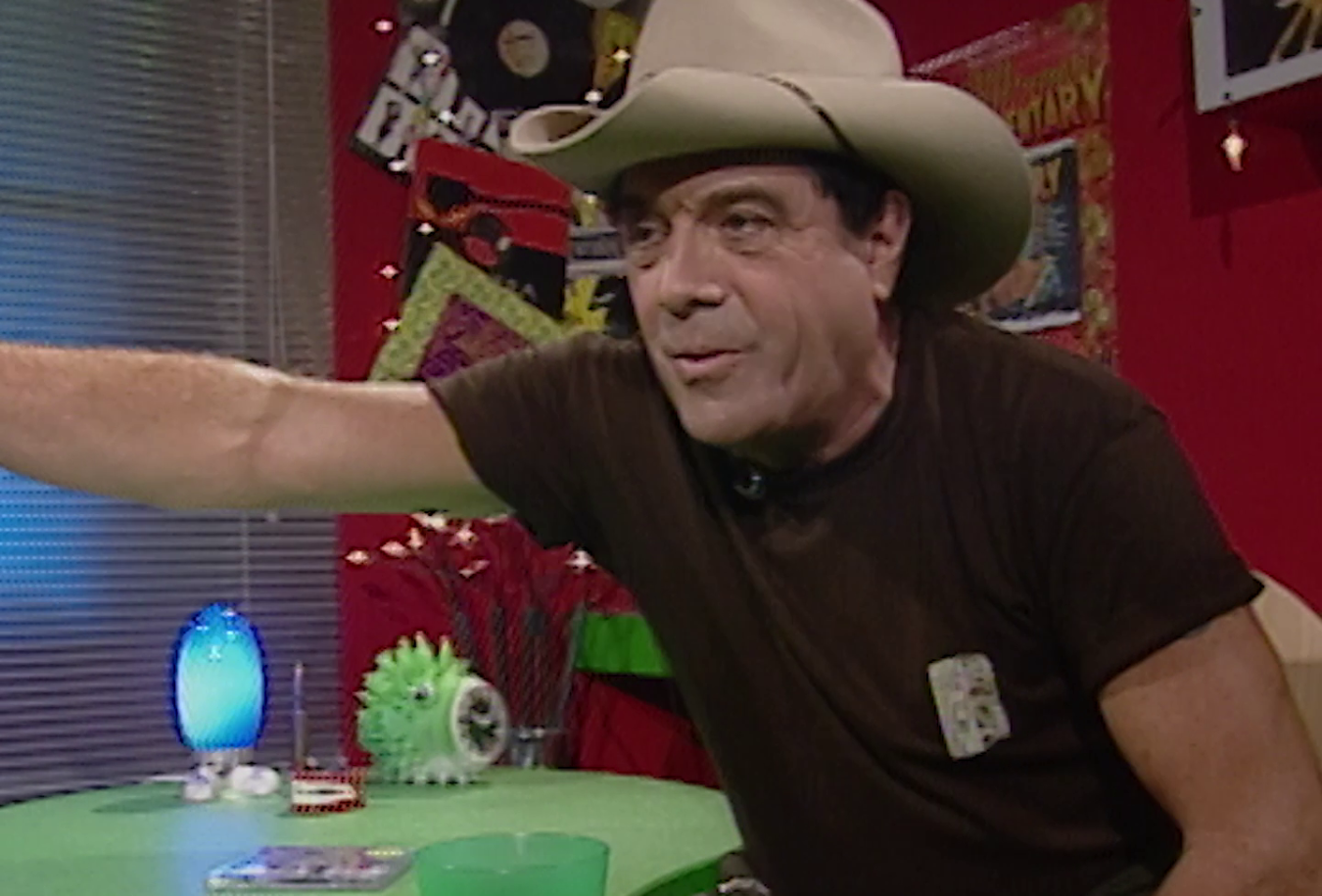
Christopher Pidcock plays Mozart and Bach
At the National Film and Sound Archive, part of our mission is to preserve audiovisual technologies, trace their evolution over time and put historical formats in conversation with today’s artists. Christopher Pidcock, a cellist with the Sydney Symphony Orchestra and a doctoral candidate at the Sydney Conservatorium of Music’s Early Music Department, approached the NFSA with a request to record some cello pieces on wax cylinder. Our 1908 Edison Standard D model phonograph has been used by a variety of musicians interested in capturing their performances as they would have done in the 19th century.
So what does the recording sound like? In the process of digitising the cylinder, Gerard O’Neill, our Audio Services Team Lead, toned down a little of the roaring static associated with phonograph recordings. Still, there is an atmospheric slough around the performance, giving it an instant period flavour. Christopher says, ‘Listening back, the crackle of the wax has a warm, comforting quality. It reminds me that music is something to sit with, not scroll past.’
In the clip, you can hear excerpts of Mozart's Clarinet Concerto in A Major, K. 622, II. Adagio (emulating the style of an early recording by Heinrich Grünfeld), with piano accompaniment by Edward Neeman, and JS Bach's Cello Suite No. 3 in C Major – Bourrée I (following an early recording by the Victor String Quartet).
The National Film and Sound Archive of Australia acknowledges Australia’s Aboriginal and Torres Strait Islander peoples as the Traditional Custodians of the land on which we work and live and gives respect to their Elders both past and present.


